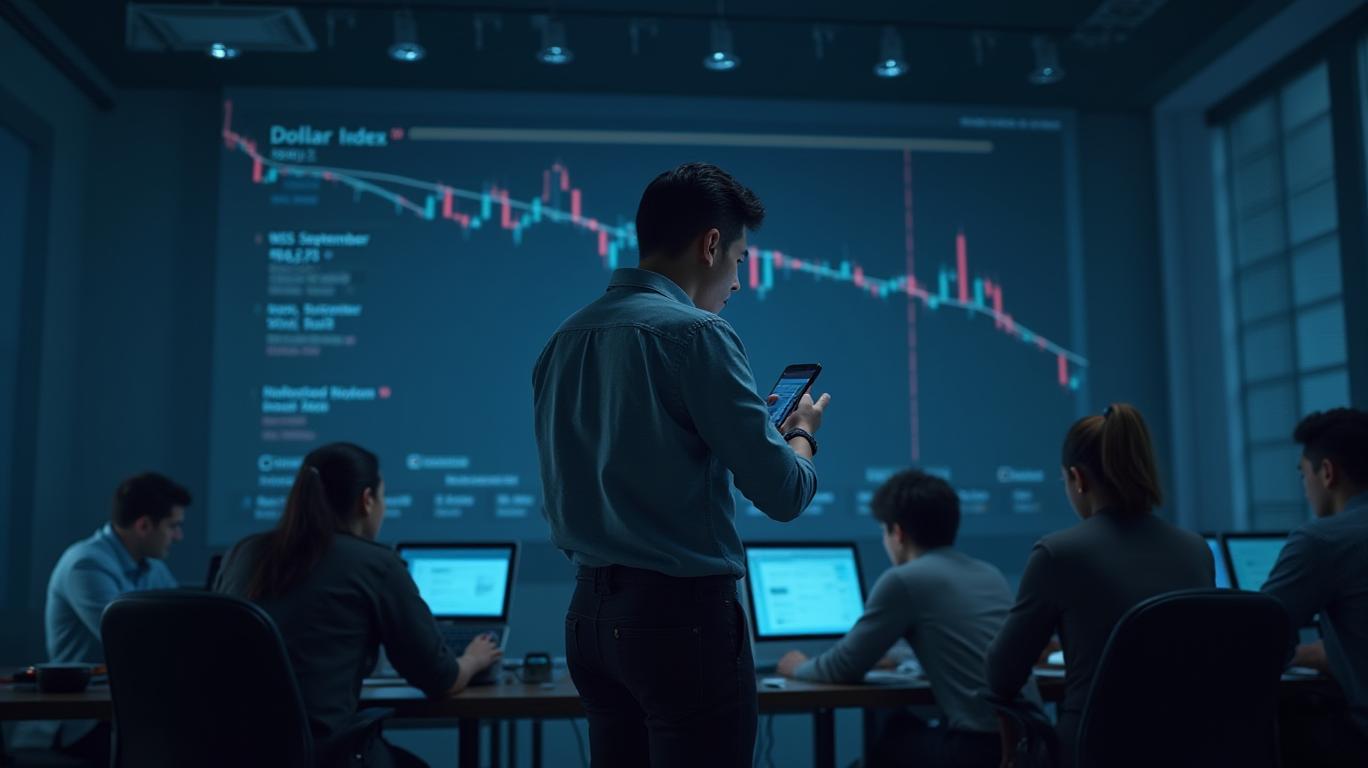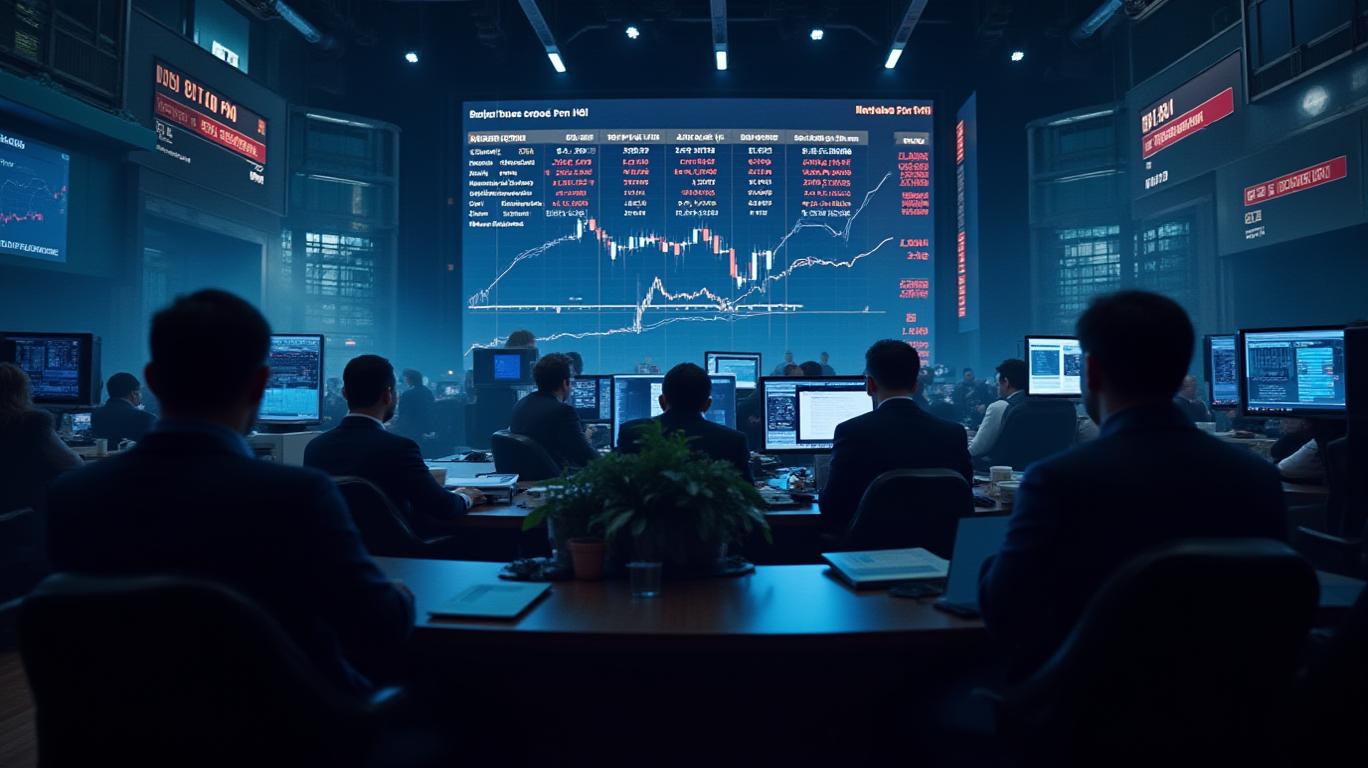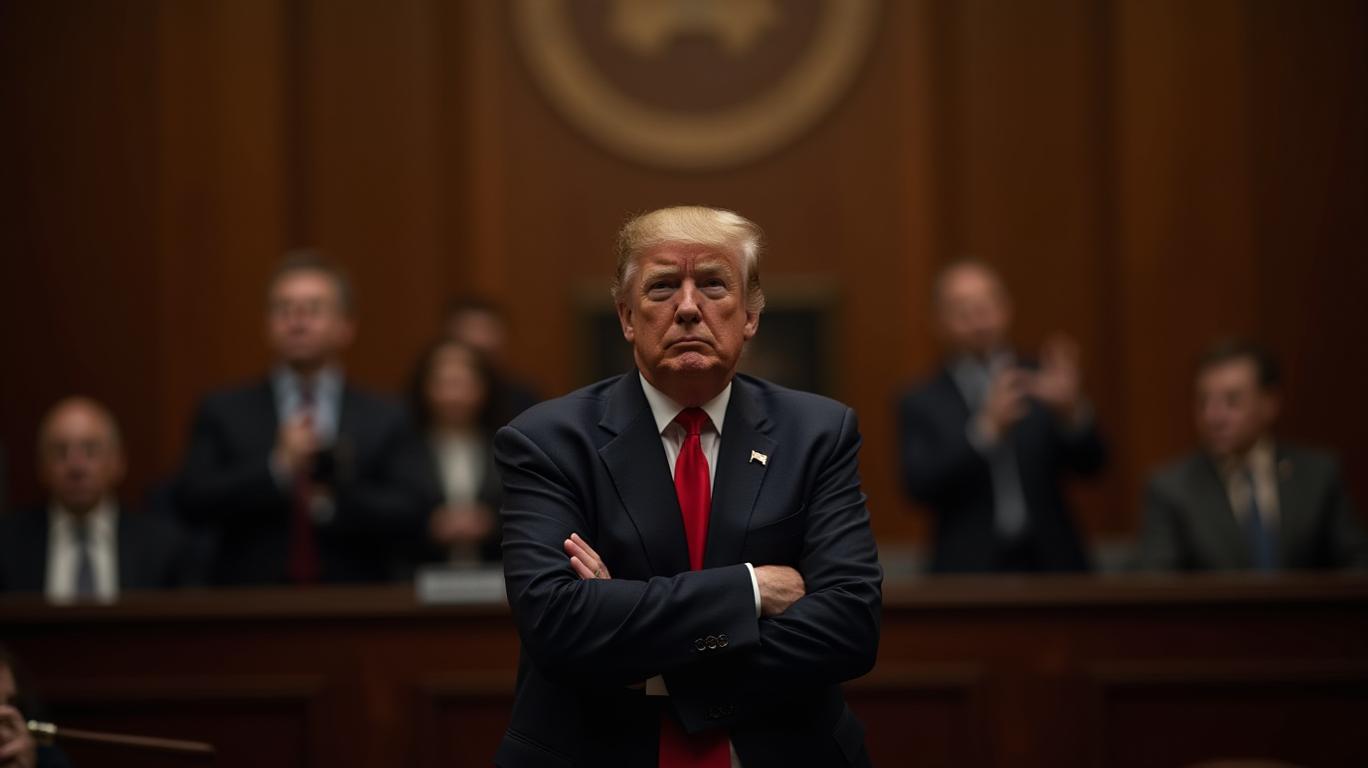The Dollar's Descent: Navigating Economic Crosscurrents in 2025
The WSJ Dollar Index recently fell 0.5% to 95.57, marking its second-lowest close of 2025 and the steepest single-day decline since April. This drop reflects a confluence of economic and geopolitical pressures reshaping global markets. Below, we dissect the forces behind the dollar’s decline and its implications for investors.
Ask Aime: What's behind the WSJ Dollar Index's recent steep decline and how will it affect my investments?

The Trade Policy Turbulence
President Trump’s aggressive tariff policies have created unprecedented uncertainty for businesses and investors. With tariffs now averaging 6.4%—the highest since the 1970s—importers are scrambling to navigate inconsistent rationales for restrictions, from border security to trade imbalances. This volatility has eroded confidence in U.S. economic stability.
Ask Aime: How does the WSJ Dollar Index's drop impact U.S. retail investors?
The administration’s “trade detox” strategy, which prioritizes long-term structural changes over short-term growth, has already taken a toll. Q1 GDP contracted due to a surge in imports as companies front-run tariffs, while forecasts for 2025 growth have been slashed to just 1.6%—a sharp drop from the 2.5% initially anticipated.
The Fed’s Tightrope Walk
The Federal Reserve has maintained its Fed Funds Rate at 4.25–4.50%, resisting calls for cuts despite slowing growth. While the Fed’s Summary of Economic Projections hints at two 2025 rate cuts, market expectations have been pared back to just one. This hesitation stems from persistent inflation risks: the Core PCE, the Fed’s preferred gauge, rose to 2.8% year-over-year in early 2025, up from 2.2% six months earlier.
Tariff-driven price pressures, particularly in energy and vehicles, are complicating the Fed’s path. A shows the central bank’s reluctance to ease, even as the yield curve inverts—a classic recession signal.
Inflation’s Double-Edged Sword
While tariffs aim to curb trade deficits, they risk reigniting inflation. Services inflation, already 1% above pre-pandemic levels, faces upward pressure from labor shortages. Immigration policies have slashed border crossings to 12,000 monthly—down from 250,000 in late 2023—tightening labor markets and boosting wage growth.
The result? A stagflationary threat. reveals a steady climb, squeezing corporate margins and consumer spending.
Consumer Sentiment and Spending: A Fragile Foundation
Consumer confidence has cratered. The University of Michigan Sentiment Index fell to 57.9 in March—near its 2022 low—while the Conference Board’s index dipped below 100 for four straight months. Despite this pessimism, spending remains stubbornly resilient, accounting for 68% of GDP. The disconnect hints at a potential reckoning: if households curtail spending, the dollar’s decline could accelerate.
Geopolitical Risks and Global Dynamics
Trade wars loom large. Retaliatory tariffs from U.S. trade partners could disrupt global supply chains, further weakening the dollar’s role as a reserve currency. Meanwhile, emerging markets are gaining traction as the Fed’s rate hikes lose steam. shows Asia outperforming, signaling capital flight risks for dollar assets.
What’s Ahead for Investors?
The dollar’s slide reflects deeper economic fragility. With the index down 9.1% from its 2022 peak and near multi-year lows, the greenback’s safe-haven appeal is fading. Key risks include:
- Policy Uncertainty: The 2025 elections could upend fiscal plans, while tariffs remain a wildcard.
- Inflation Persistence: A Fed forced to keep rates high would support the dollar—but at the cost of growth.
- Global Growth Gaps: If other economies stabilize faster, the dollar’s rally may end.
Conclusion: Positioning for Volatility
The WSJ Dollar Index’s decline underscores a pivotal moment for investors. With the dollar down 7.18% year-to-date and facing structural headwinds, diversification is critical. Consider:
- Emerging Markets: Look to Asia and Latin America, where currencies and equities are undervalued.
- Gold and Bonds: Hedge against inflation and dollar volatility with safe havens.
- Sector Rotation: Favored sectors like tech (e.g.,
The data is clear: the dollar’s decline is not just a blip but a symptom of an economy in flux. Investors ignoring these crosscurrents risk being caught off guard as 2025 unfolds.










